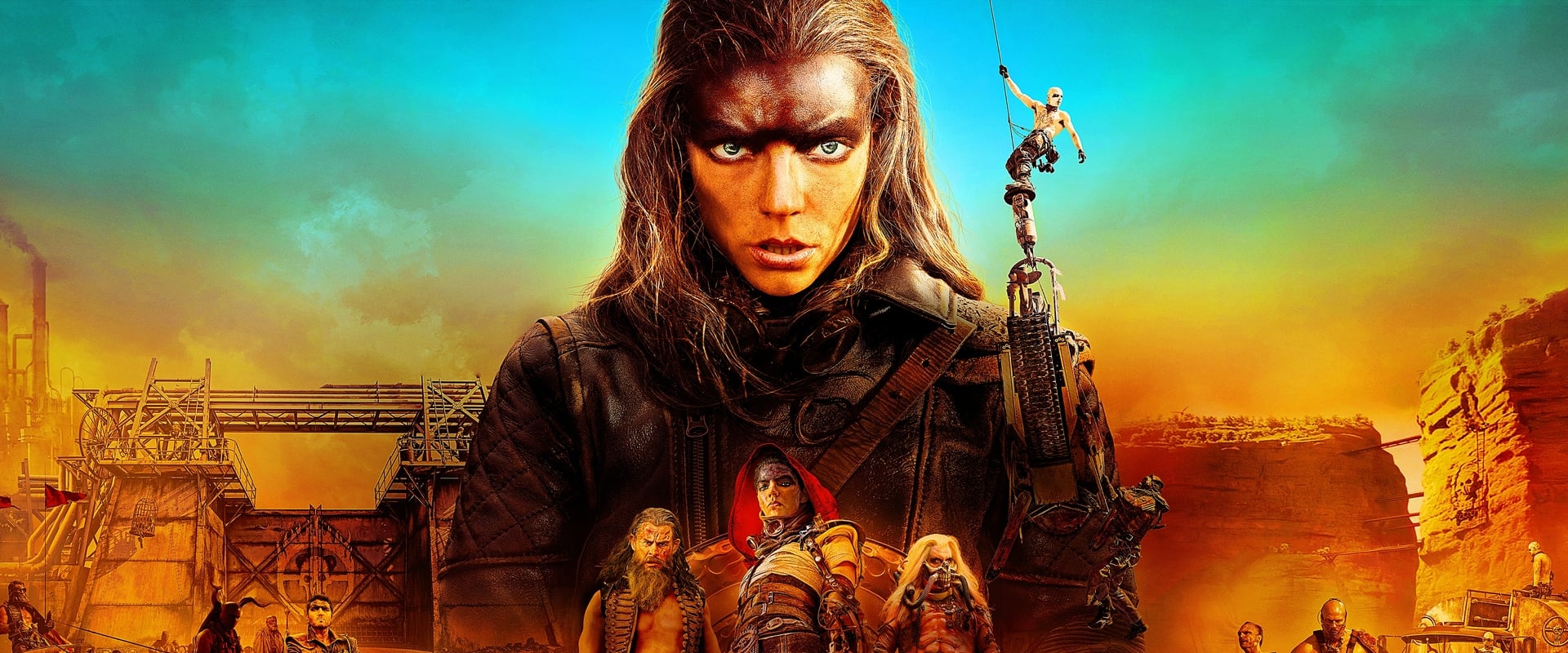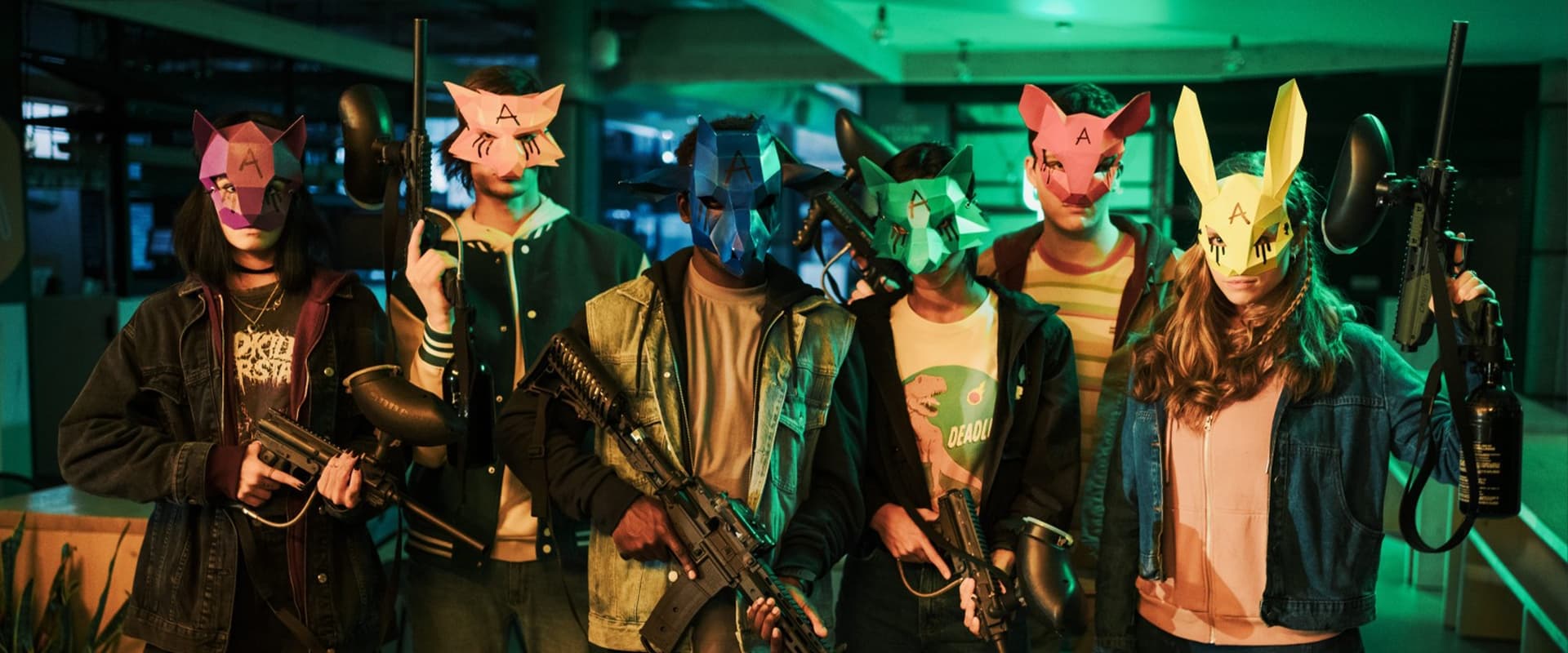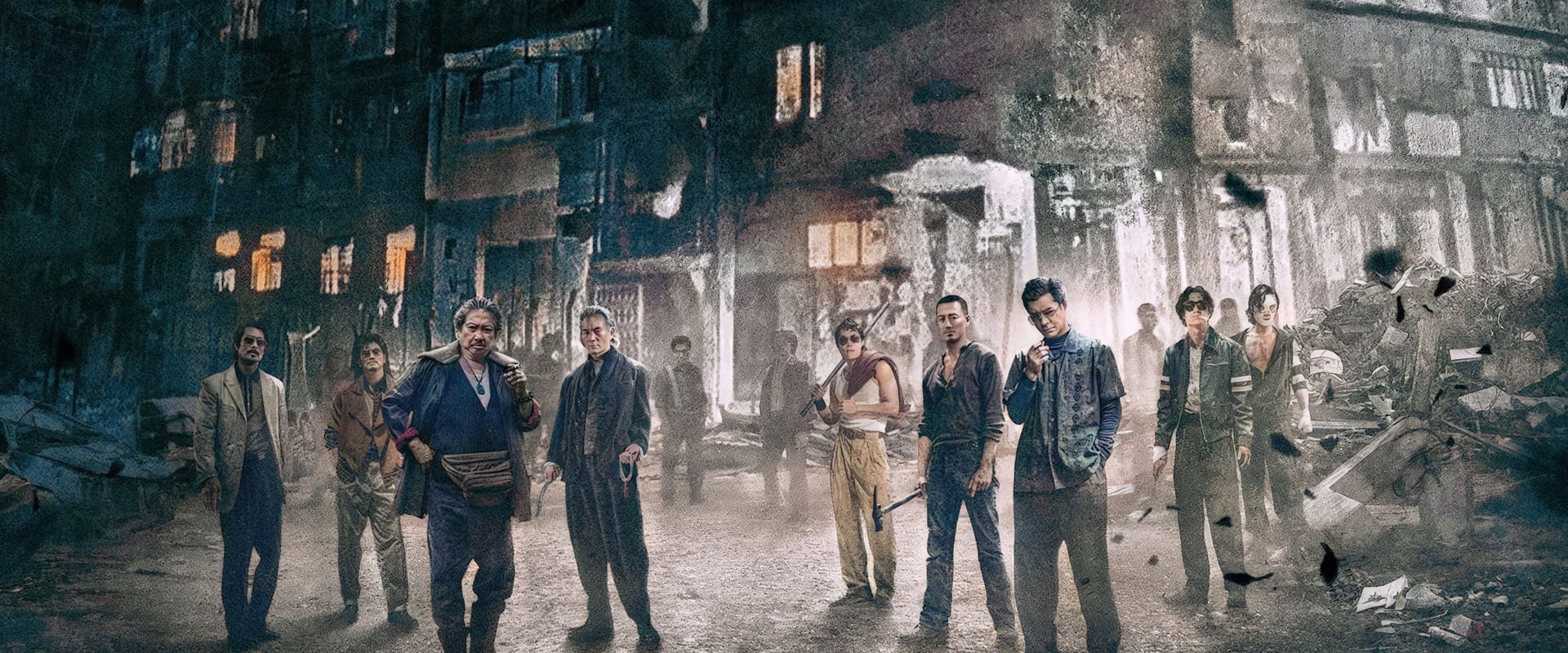When I first heard about "Furiosa: A Mad Max Saga," I felt that distinctive, twitchy blend of anticipation and dread—the kind peculiar to long-running franchises and whatever anarchic fever dream George Miller might have stashed up his sleeve. The casting alone was its own Mad Maxian gamble: Anya Taylor-Joy—an actress as persuasively haunted as she is hypnotically camera-ready—marching into apocalypse territory, her porcelain features smeared in Wasteland grime. Would she disappear into the fury, or would she seem, as actresses so often do in dystopian blockbusters, like a Vogue cover model after a sandstorm?
And when the trailers came—a rush of dirt and diesel and those plaintive, wide eyes peering through a mask of soot—my skepticism only sharpened. Could Taylor-Joy, that ebon-haired chess prodigy of "The Queen’s Gambit," douse her ethereal beauty in enough pain and dust to embody the battered, battle-forged Furiosa? Would she conjure desperation, or just the illusion of it? Was George Miller about to turn her into another “gritty” Hollywood ornament—flawless skin now accessorized by motor oil and vengeance?
Well—chalk up a small miracle. The film opens with that now-familiar hellscape of Miller’s, and Furiosa’s childhood (the magnetic Alyla Browne, serving trauma with a quiver of innocence) snatched away by Dementus, a warlord with a moth-eaten wisdom beard and the cracked charisma of a tenured children’s clown. Chris Hemsworth throws himself (and then some) into Dementus: he’s an opportunist who sugarcoats brutality with a gaudy charm—finally shaking off the superhero shackles and embracing, with gusto, the joy of being large and loathsome.
But on the real subject, Taylor-Joy: she isn’t just good—she’s a revelation. There’s a moment, late in the film, when her face is a battle map—bloody geometry, tremulous anger twitching at the jawline—and scarcely a word escapes her lips, yet she draws out volumes. I expected to witness the “Queen’s Gambit” prodigy playing dystopian dress-up. Instead, I watched an actress discover new octaves—transforming the mythic Furiosa from the inside, reworking her as a raw nerve in constant negotiation with loss, vengeance, and cracked hope. The contrast with her other roles is almost unnerving—she’s as much at home here, strangled by chaos, as she ever was at a chessboard’s edge.
What Miller has done with "Furiosa" is the opposite of sequel bloat or brand fatigue. Instead of the relentless, pedal-to-the-bone headrushes of “Fury Road”—that breathless two-hour car chase with all the emotional subtlety of a teeth-rattling drum solo—he actually lets the engine idle now and then. Here’s a world that chews its characters and lets us taste it: backstory, dialogue, and (marvel of marvels) silence. There is space for pain to settle in the bones. We’re given the rare privilege—especially in post-apocalyptic pulp—of feeling what’s lost before the bullets start flying again.
Simon Duggan’s cinematography turns wasteland into a kind of paradoxical watercolor—golden and rusted, ringed with burnt orange, dazzling and toxic all at once. The palette aches for the memory of the Green Place—Miller’s Eden, seen always as the lost glimmer behind a thousand blasted horizons. Every shadow, every baked tract of highway is in dialogue with Furiosa’s longing. And the action, when it arrives, has that bluesy, caffeinated urgency Miller keeps refining—practical mayhem filtered through just enough CGI to keep reality gasping but never totally slipping the leash. You never feel the spectacle is untethered from the dirt (or the story). Each explosion is somehow both circus and eulogy.
The supporting cast rounds out this journey of corrosion and makeshift love: Tom Burke as Praetorian Jack, the laconic cowboy in chrome, giving Furiosa a reason to trust again or, just maybe, grieve. The relationships here matter—they color her choices, and the film has enough faith in its actors and world-building to let our attention linger beyond just the next spectacular crash.
If there’s a complaint—and there’s always a complaint, especially with Miller’s fits of structural invention—it’s the film’s narrative sprawl. Carved into chapters more like a battered Mad Max manuscript than a blockbuster script, the pacing jolts and wanders. Sometimes it sprawls, sometimes it lunges. I relished it—those pauses, those chapter breaks where one can feel the sand in your teeth and the ache in your chest. But the restlessness is there, and you’ll hear the charge that the film sags between tempests. To that I say: better a little misshapen breathing room than another two-hour demolition derby masquerading as plot.
The soundtrack? Here's where the “Fury Road” purists might grumble. Junkie XL, so volcanic in the last installment, underplays his hand here—gone are the operatic crescendos, the devil-driven drums. Instead, we get atmospherics—chilly, moody, workmanlike. I missed the mad Wagnerian pulse sometimes. The silence and wind do much of the heavy lifting. But when the action peaks, the sound design gnashes and roars, and you remember how little it can take for a sequence to lodge itself behind your ribcage.
So here’s my verdict—one I never expected, colored by genuine, thrilled surprise: “Furiosa: A Mad Max Saga” stakes its ground well beyond franchise filler. Anya Taylor-Joy transcends: she welds myth and mortal pain and emerges the most compelling cinematic warrior since Sigourney Weaver slugged it out in her alien cocoon. Hemsworth, meanwhile, turns villainy into grand, almost Shakespearean buffoonery, and Miller keeps finding new ways to turn pulverized metal and trauma into poetry.
The pacing will divide audiences; the chapter structure will too, but “Furiosa” dares to expand not only the saga’s world, but its capacity for intimacy and strangeness. Against all my initial apprehensions, I left the theater dazed and grateful. Miller proves—the wasteland endures precisely because its best survivors are never what you expected.
See it large, see it loud—and surrender to the feral joy of seeing a blockbuster that still feels risky. The Mad Max universe, it turns out, has plenty of glory left—and Furiosa sits at its scorched, battered heart.


